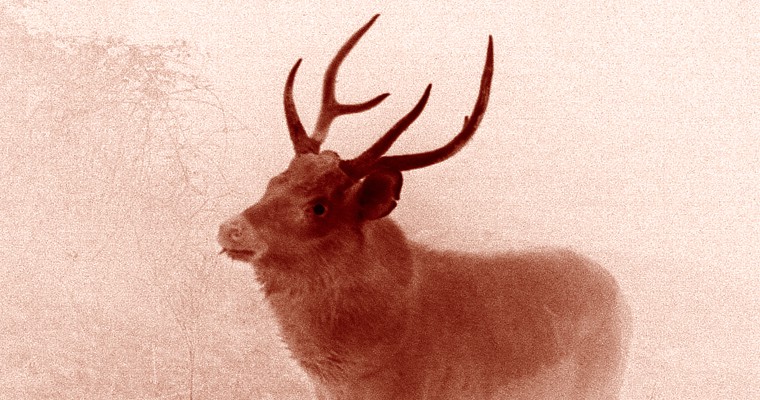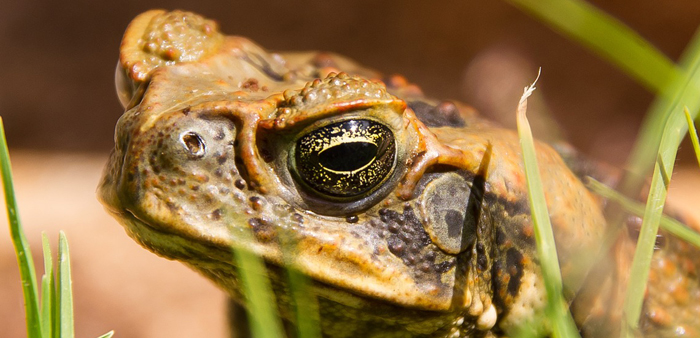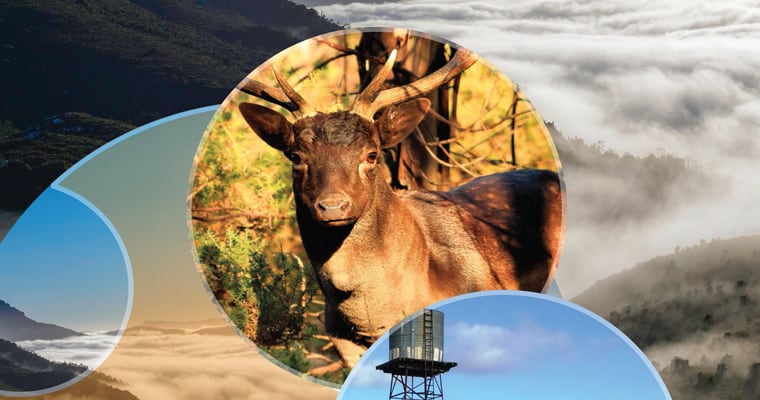The Australian Senate’s 2018 inquiry into feral deer (six species are established in Australia), pigs and goats is a recognition that these invasive pests are among the leading threats to Australian biodiversity.
Our submission points out that these species have many things in common. They are all hard-hoofed mammals invasive in Australia and their impacts are set to worsen as their populations spread and increase.
They also present several policy and technical challenges in common:
- Control: The fecundity and mobility of these species make them difficult to control – half or more of their populations may need to be killed annually just to prevent population increase. We mostly lack effective affordable (at current levels of investment and focus) large-scale methods for control.
- Knowledge: Our understanding of the impacts of these species is limited.
- Economic: The costs of controlling these species over large areas are high and ongoing.
- Social and political: These species are valuable to certain sectors of society, which often undermines the willingness of governments (as custodians of the environment) to enact effective threat abatement policies and programs and stymies threat abatement on private
and public lands.
As with many other nationally significant threats to nature, the threats of feral deer, pigs and goats raise important questions about how the federal government can more effectively work with the states and territories and use its powers.









